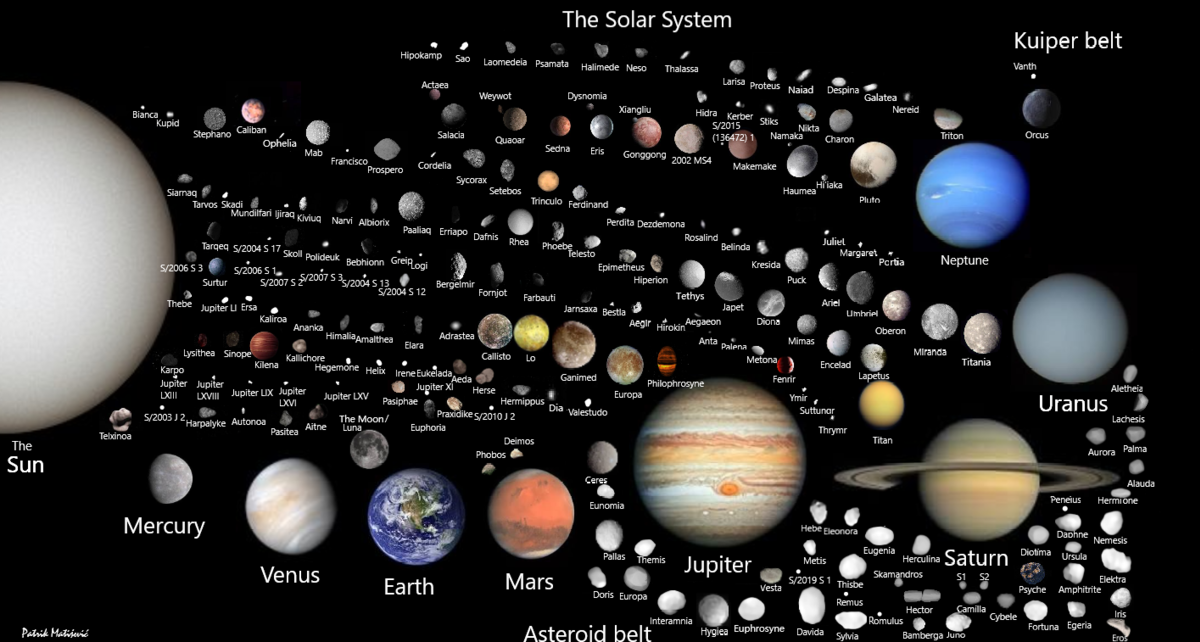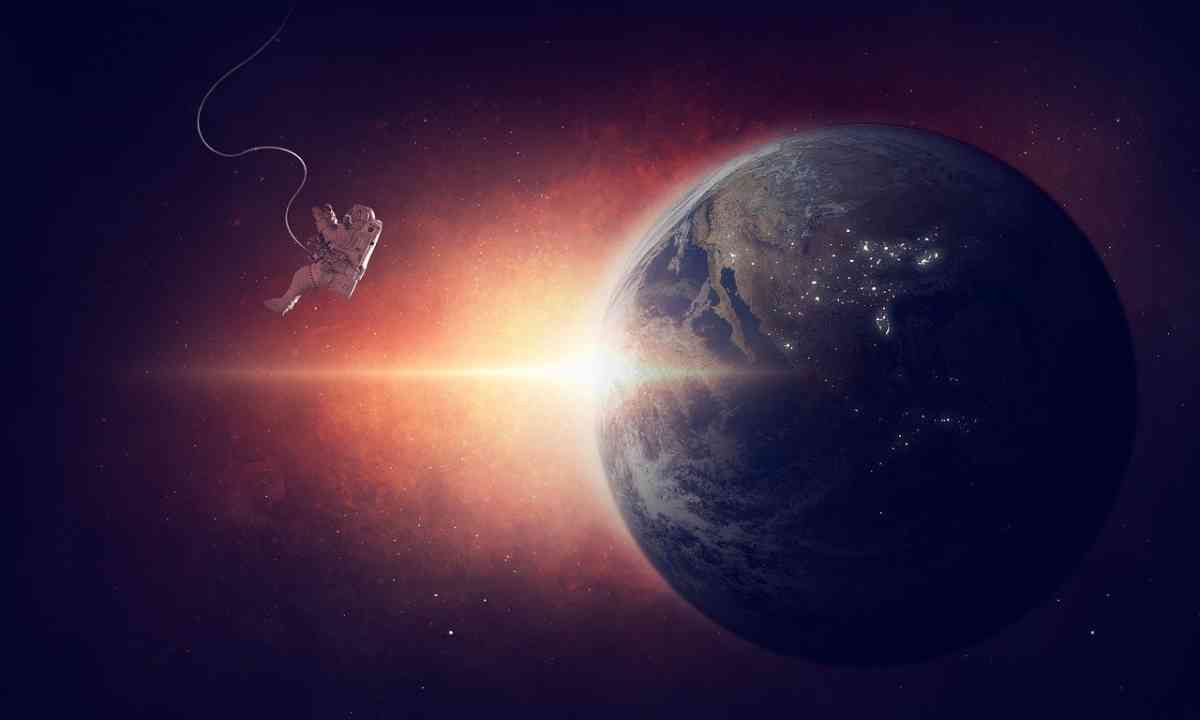The search for planets that are similar to Earth has always been a key focus in the fields of astronomy and planetary science. The discovery of these planets can give us valuable information about the possibility of habitable environments beyond our own planet, which could potentially support life.
According to NewYork Post report, Japanese astronomers have published a study in the Astronomical Journal that suggests the existence of a ninth planet in our solar system, a cold, dark world about 10 times the mass of Earth that is lurking in the outer solar system, just beyond Neptune."We predict the existence of an Earth-like planet and several TNOs on peculiar orbits in the outer solar system, which can serve as observationally testable signatures of the putative planet's perturbations", says Astronomical Journal Report

The Kuiper Belt is a vast ring that consists of interstellar objects such as dwarf planets, asteroids, carbon masses, and icy volatile elements like methane and ammonia. This celestial scrapyard is located just beyond Neptune's orbit and orbits the sun like everything else in our solar system.
According to NASA-"The Kuiper Belt is a doughnut-shaped ring of icy objects around the Sun, extending just beyond the orbit of Neptune from about 30 to 55 AU."
Lykawka and Ito's research suggests that there is another large object in the Kuiper Belt, a region of icy bodies beyond Neptune. This object has a gravitational pull that affects the orbits of other Kuiper Belt objects, suggesting that it is a planet. According to their calculations, if accurate, this hypothetical Planet Nine would boast a mass ranging from 1.5 to 3 times that of Earth and would be positioned at a staggering 500 times the distance from the sun to our planet.
Previous studies have hinted at the existence of an additional planet in the distant realms of our solar system. Over 4,000 planets beyond our solar system have been discovered since the first exoplanet was confirmed in 1995, according to NASA's Exoplanet Exploration page.
In recent research, Lykawka and Ito, propose a much larger celestial body than previously theorized, situated significantly closer to our current position
© Copyright 2023. All Rights Reserved Powered by Vygr Media.
























